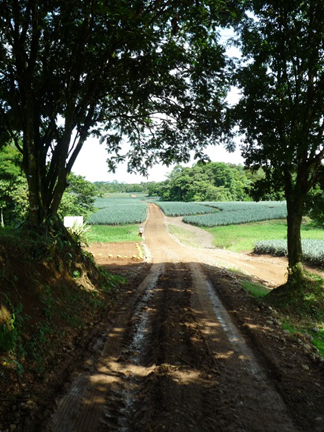Slow Start to Pineapple Imports in 2012 Combined U.S. imports of pineapple products (fresh and frozen, canned, and juice) during the first 4 months of 2012 fell 16 percent in volume from the same period a year ago. Imports were
The children of Carlota now get to go to a new school, all thanks to a gift from pineapple producer and exporter, Agroindustrial Bananera del Caribe. Several improvements have been made as the roof of the school will no longer
Perhaps most people eat pineapple because it is truly a fantastic tropical experience of satisfaction resulting from the juicy balance of sweet and acidic tastes without realizing the many health benefits of eating this fine fruit that is available the

We don’t often toot our own horn, but it sure is nice to have someone else toot it once in a while. Here’s a nod from the PMA’s Field To Fork blog regarding our sustainability practices. Thank you kindly Lee Mannering for
Only nine percent of Americans can accurately estimate the number of calories they should consume in a day for a person of their age, height, weight, and physical activity. Additionally, almost half of Americans are unable to provide an estimate
We’ve been called a lot of things in our day, but “trendy” sure ain’t one of ‘em. Nevertheless, we thought you might find this list of “Emerging Trends and Operators Poised to Expand their Impact on Food Retailing” interesting, and
(click charts to enlarge) According to the United States Department of Agriculture (USDA), total imports of pineapple and pineapple products (fresh, canned, juice) into the United States were up 12% in volume during the first quarter of 2010 from imports
The PMA research released last October shows that average Americans can get 4.5 cups of fresh fruits and vegetables (nine servings) for $2.18, and bargain hunters can get it for 88 cents. Fresh produce is the best “value meal” in
Source: Produce For Better Health Foundation. As you probably already know, The U.S. Department of Agriculture (USDA) and the Department of Health and Human Services (HHS) have released the new 2010 Dietary Guidelines for Americans with no changes to the